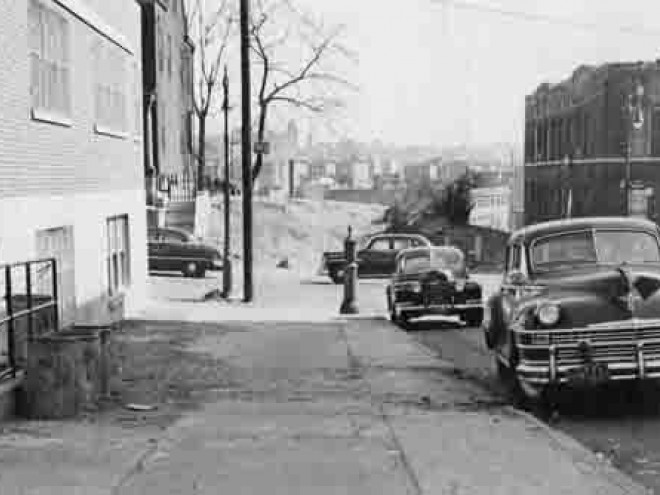The Lower East Side Jewish community of the early twentieth century is the backdrop of Jerome Charyn’s newest novel. With Abraham Cahan — the socialist-leaning founder of The Forward—as one of its central characters, Ravage & Son weaves together the immigrant experience, New York City’s rich gangster history, and a healthy dose of fiction. It is a detective story about the rampant prostitution, extortion, and murder that sits just below the surface of this struggling Jewish community.
Cahan serves as a self-anointed detective and is at times a conflicted moral compass for the community. He uses the journalist’s power of the pen to expose the abuses of Lionel Ravage, a Jewish slumlord who shields himself from criticism by hiding under the magnanimous support of new immigrants.
Other characters of Charyn’s novel are equally complex and captivating. Ben, whom Cahan rescued from a reform school and sent to Havard to study law, has returned to the Lower East Side. Against Cahan’s hopes for his protégée, Ben has joined the Kehilla, a gang that is dedicated to policing the “Ghetto” and funded by the affluent German Jewish immigrants who have made it out. Ben’s central task is finding the prostitute-killer of Allen Street. His work both defends the helpless and serves swift, vigilante-style justice to the abuser. He is aided by Monk Eastman, a character Charyn pulls from the true-crime history of the Lower East Side and then mixes with a bit of magical realism. And finally there’s Babette, an ostracized woman whose father wishes to marry her off to Ben. She uses her charm to send Ben to find her missing lover — another misdirected adventure for a character in search of a purpose.
Readers of Charyn’s earlier New York City – centered historical fiction will enjoy returning to this genre and setting. The multiple detective-style plot lines will keep the reader guessing about how they’ll intertwine. Of course, the lives of Ben, Cahan, Lionel, and Babette ultimately converge, suggesting that good and evil overlap in unexpected ways. We are also left with the impression that despite a person’s best intentions, they will always succumb to dark realities of their time, place, and community. The noir style of this novel shows Jerome Charyn at his best.





